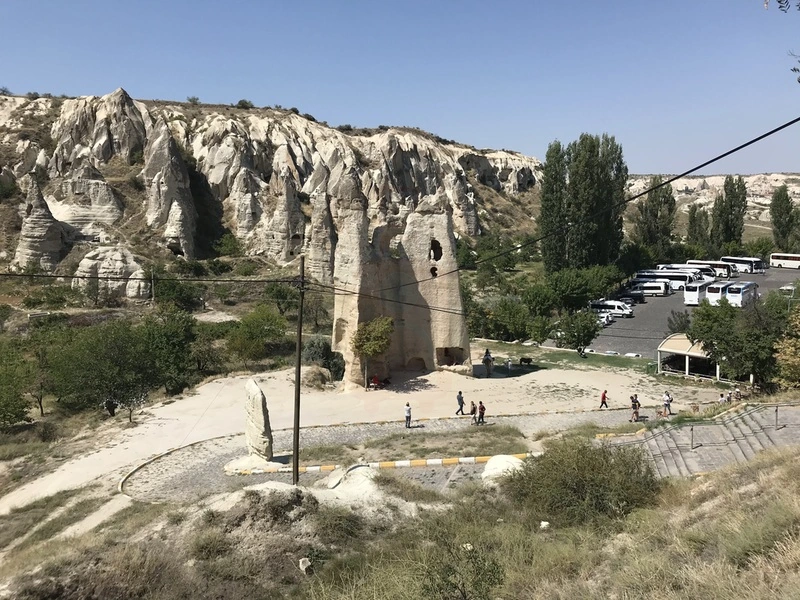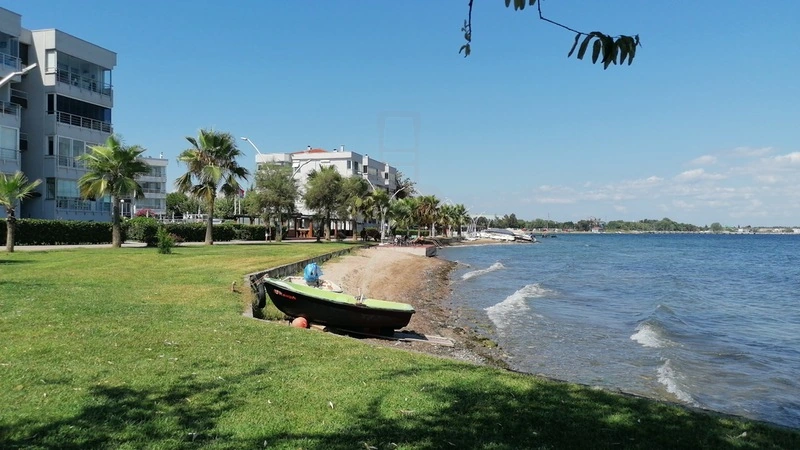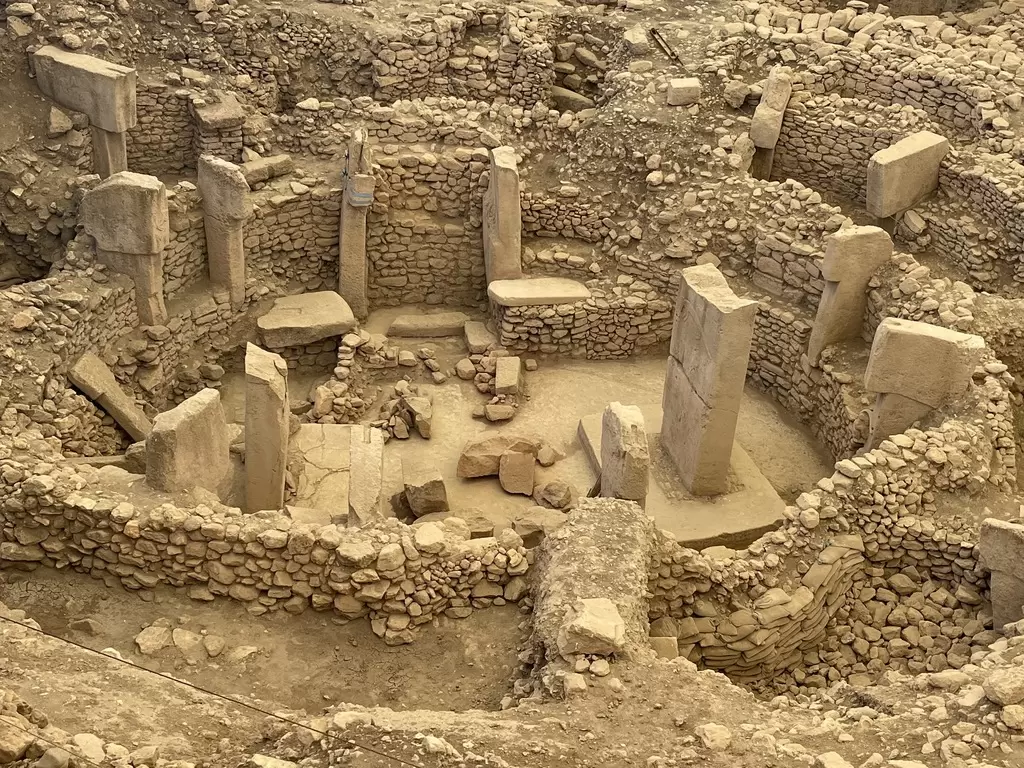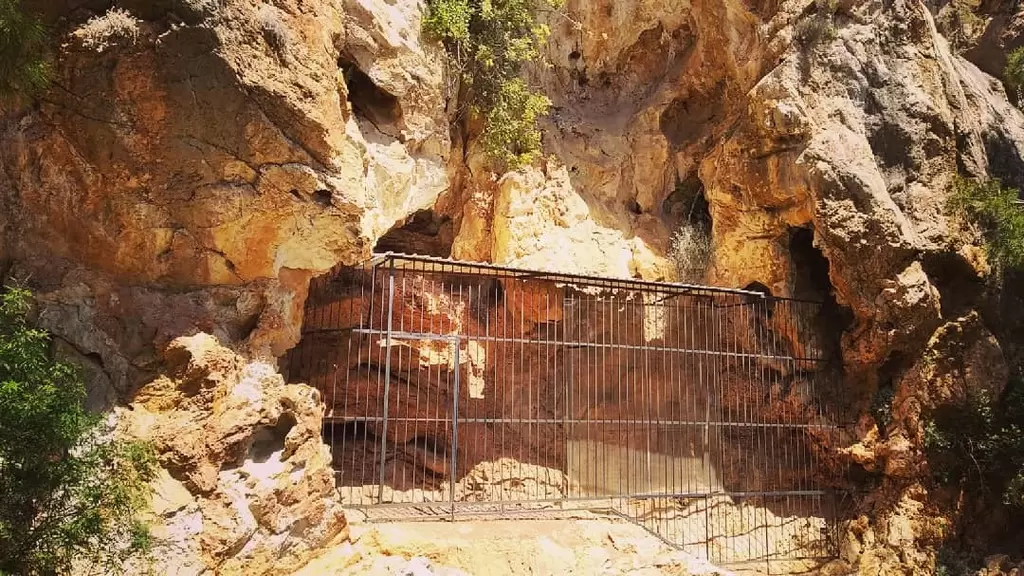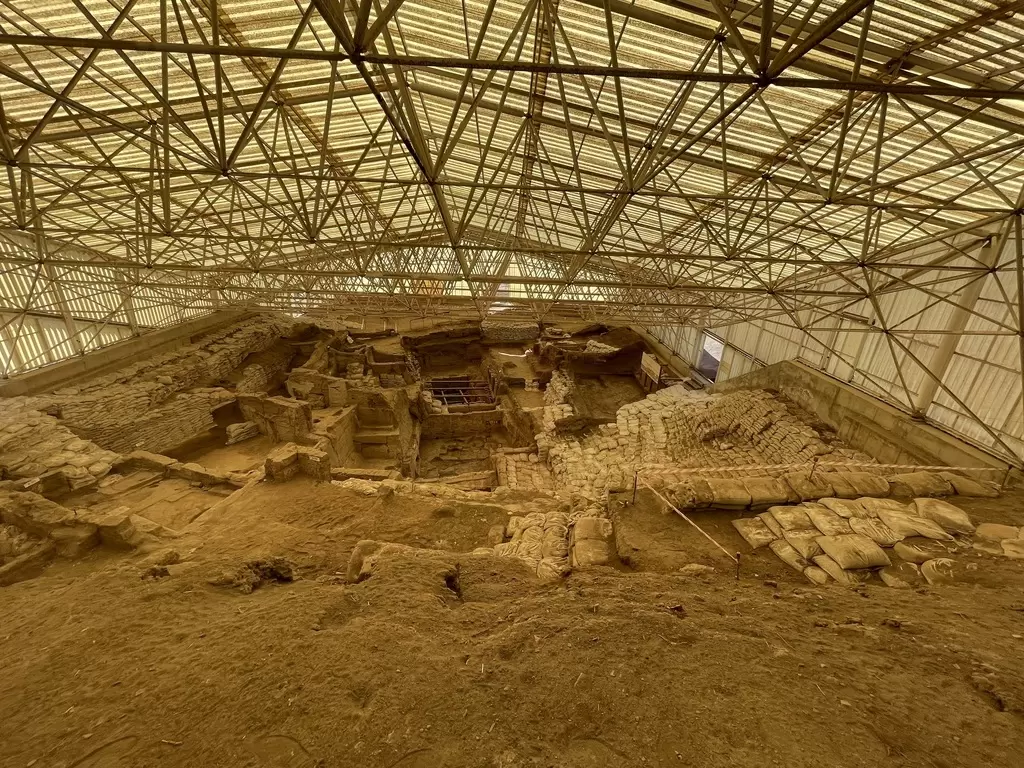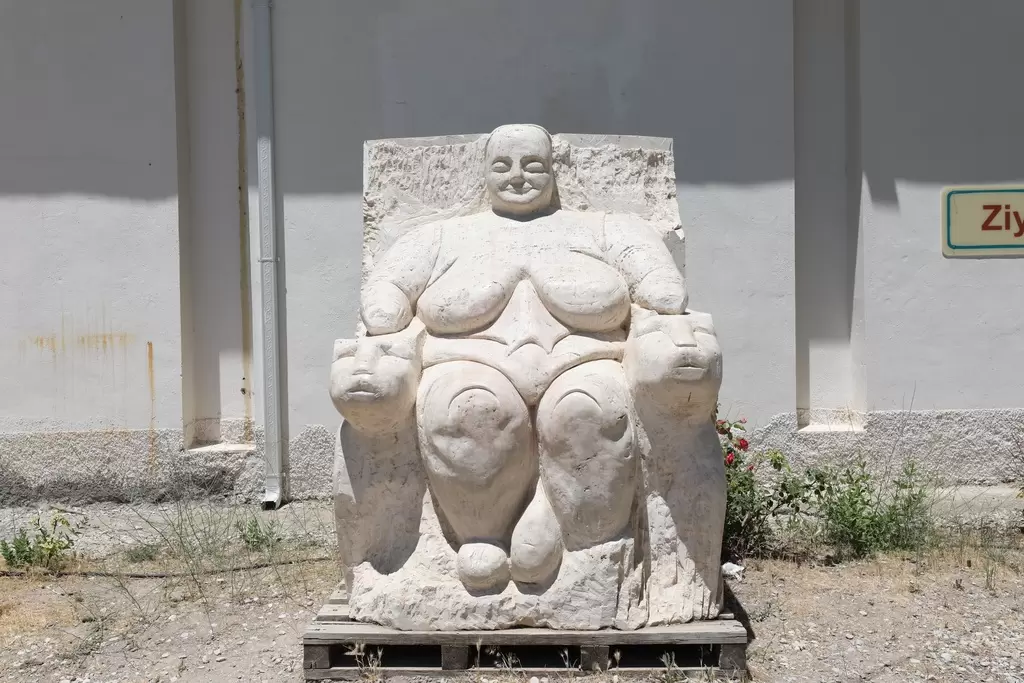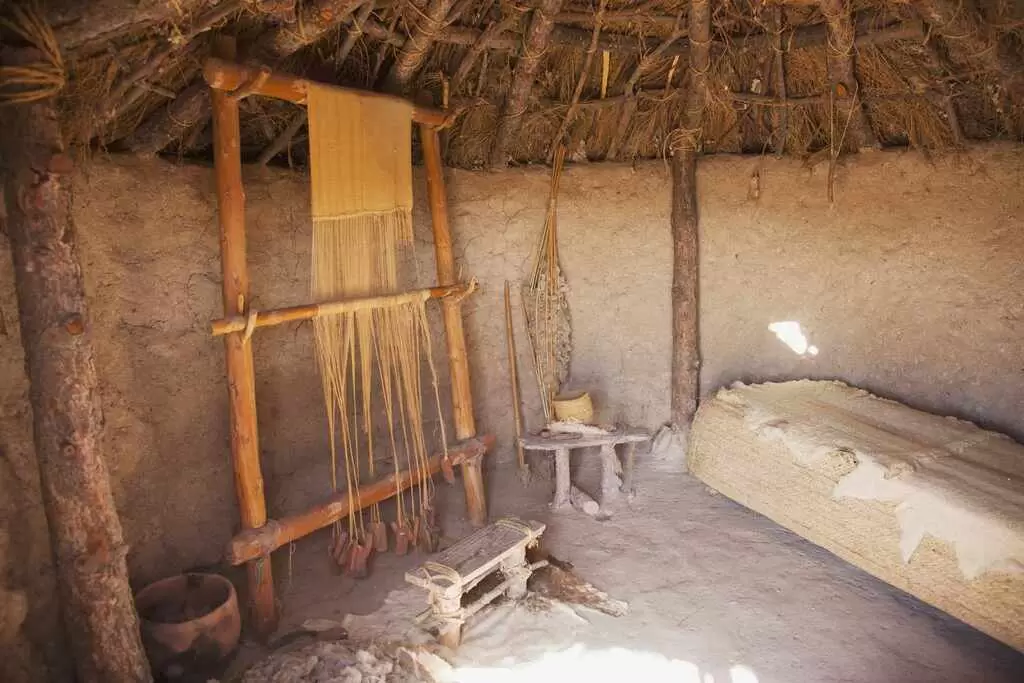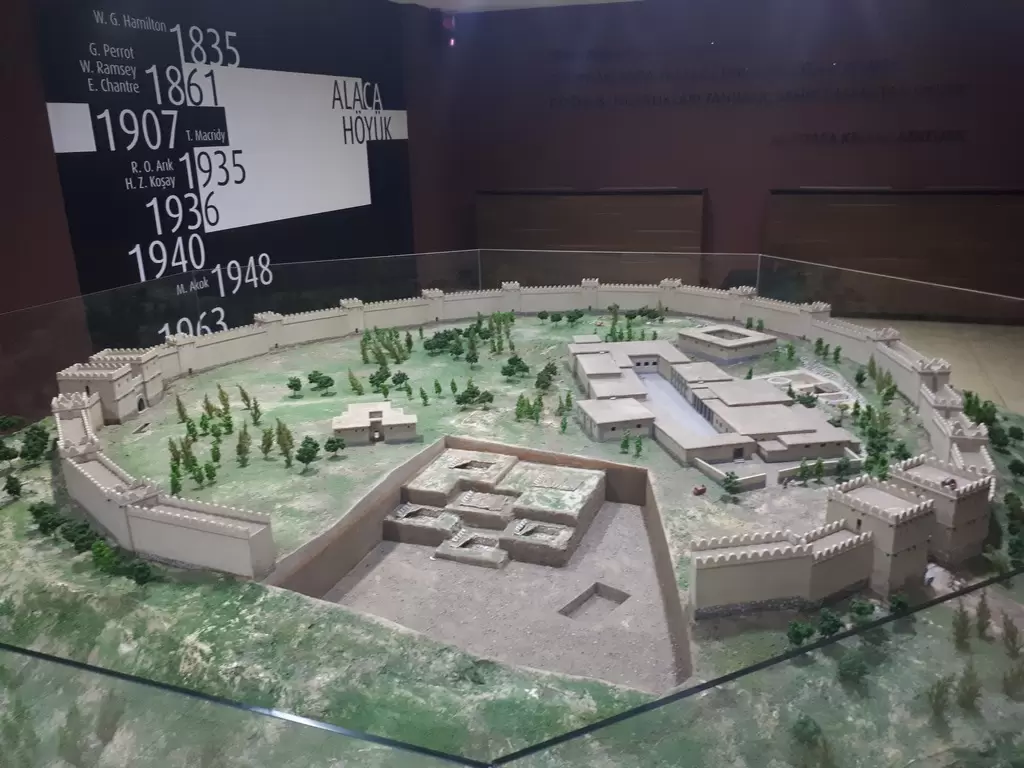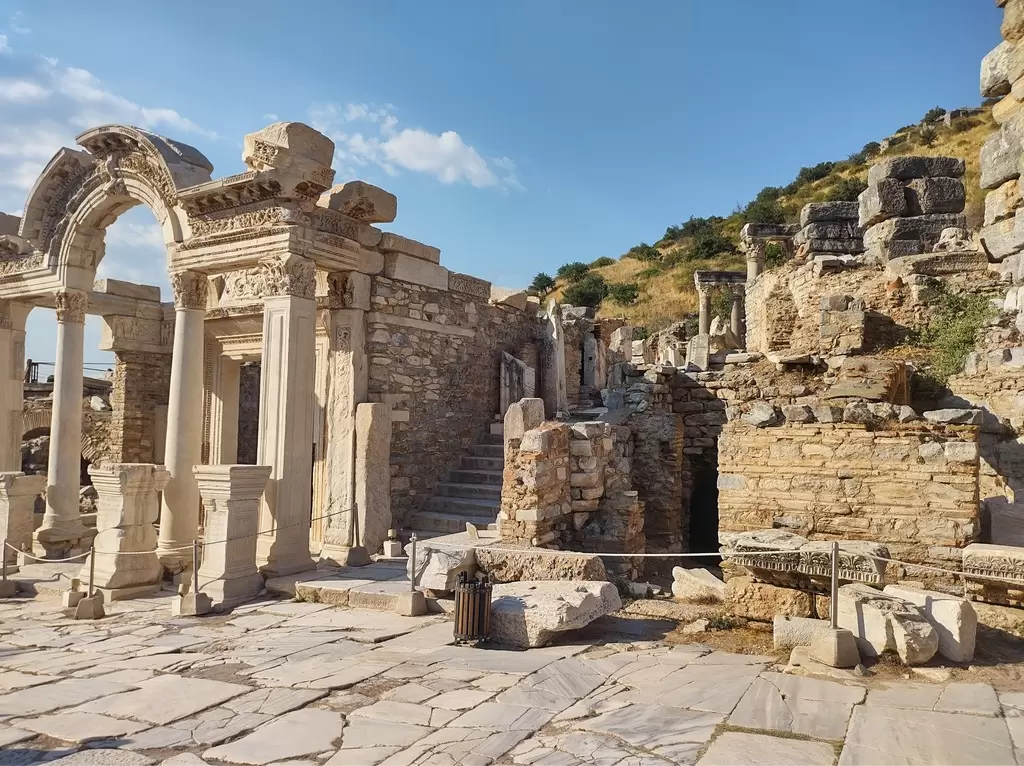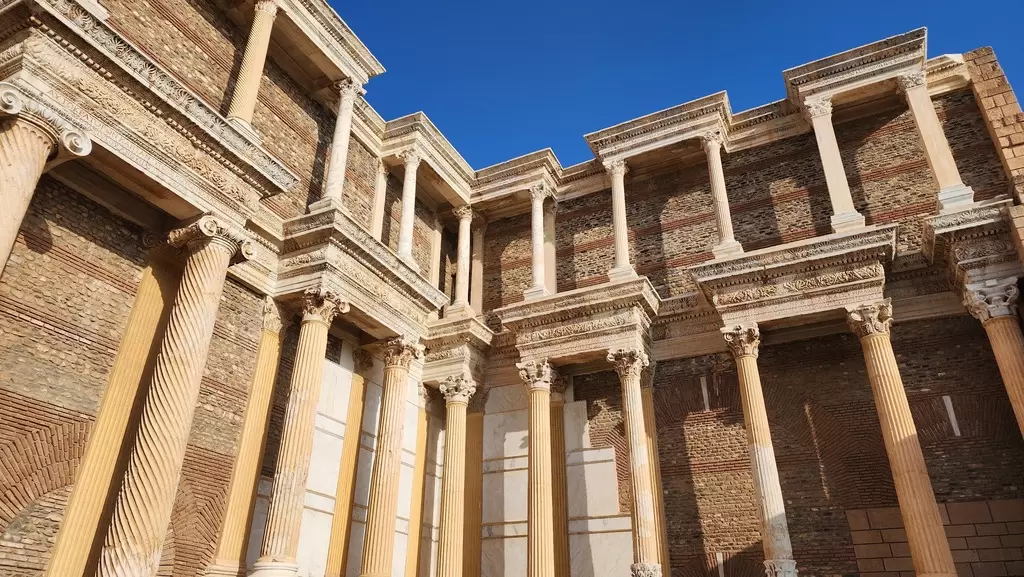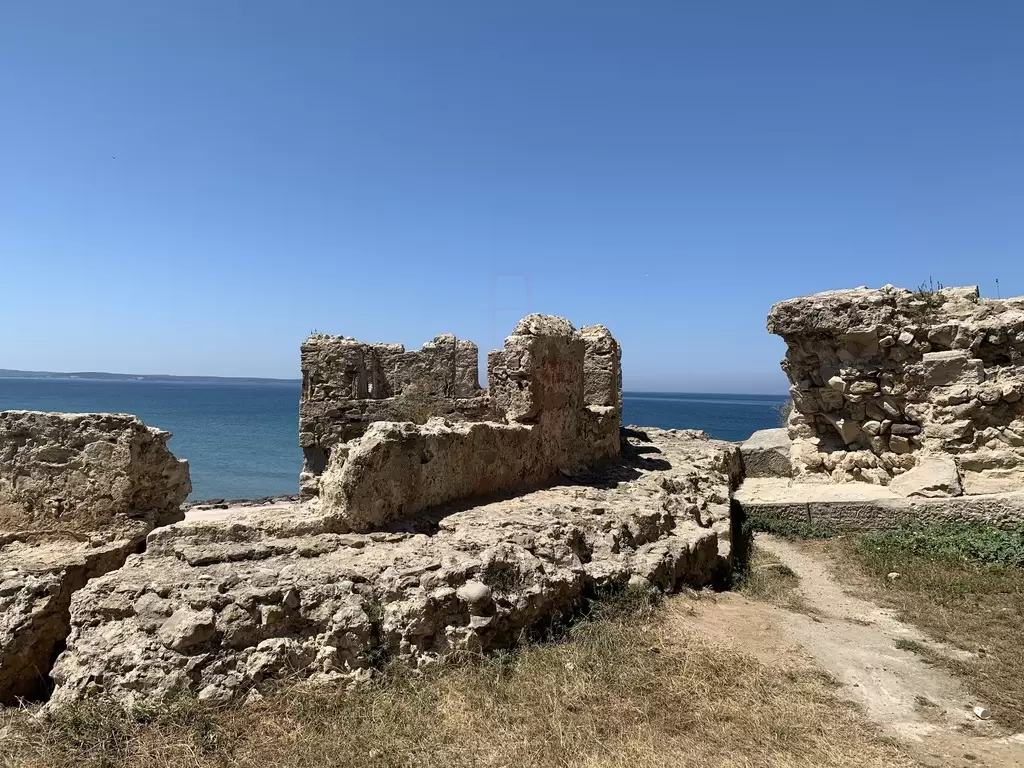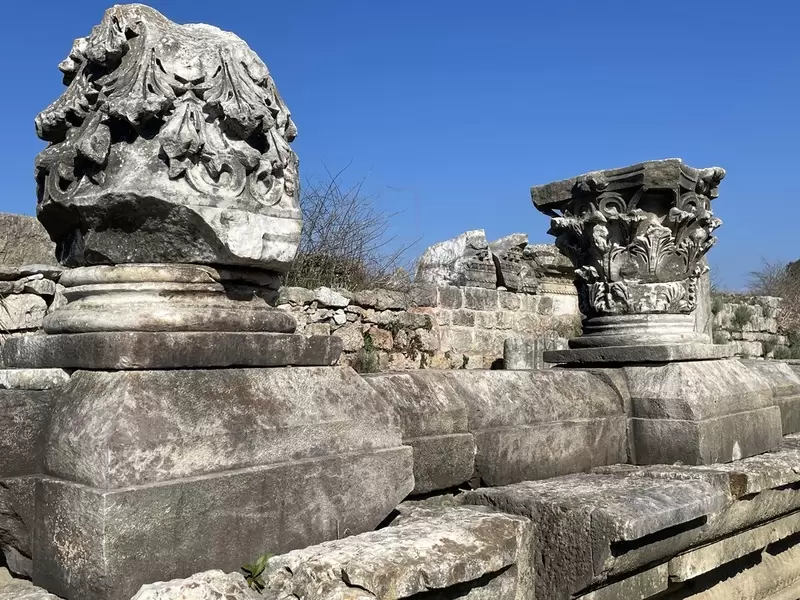
The Dorian Kingdom, which emerged around the 12th century BCE, played a pivotal role in the history of Anatolia and the wider Aegean region. The Dorians were a group of Indo-European tribes that migrated southward from the northern regions of Greece, bringing with them distinct cultural and linguistic traits. Their arrival in Anatolia marked a significant transition in the local populations, often associated with the end of the Mycenaean civilization and the beginning of what is referred to as the Greek Dark Ages.
The Dorians settled primarily in the southwestern coastal areas of Anatolia and the Dodecanese islands, establishing city-states such as Halicarnassus, Cnidus, and Cos. These city-states became important centers of trade and culture, contributing to the economic and political landscape of the region. The Dorians were known for their militaristic society, which emphasized strength and discipline. This warrior culture influenced their social structures and led to the establishment of oligarchic governments in many of their settlements.
One of the most notable aspects of Dorian society was their dialect, which differed from the Ionic dialect spoken by other Greek city-states. This linguistic distinction contributed to the rich tapestry of ancient Greek culture. The Dorian dialect was particularly prominent in literature and poetry, influencing works that celebrated heroic ideals and martial values.
In terms of architecture, the Dorians are recognized for their development of the Doric order, a style characterized by sturdy columns and simple, geometric designs. This architectural style became a hallmark of ancient Greek temples, emphasizing strength and functionality. The Temple of Apollo at Didyma, although built later, reflects the enduring influence of the Doric style in the region.
Culturally, the Dorians contributed significantly to the arts, particularly in pottery and sculpture. Their pottery often featured geometric designs and scenes depicting daily life, warfare, and mythology. This artistic expression was not only functional but also served as a means of storytelling, preserving the values and narratives of Dorian society.
The Dorian Kingdom's impact extended beyond its immediate geographical boundaries. The migrations and settlements of the Dorians contributed to the broader patterns of Greek colonization, as they established new communities across the Aegean Sea and into the Mediterranean. This expansion facilitated cultural exchange and the spread of Dorian traditions, which blended with local customs to create a rich, diverse cultural heritage.
Despite the challenges posed by external pressures, including invasions and conflicts with neighboring powers, the Dorian city-states maintained a degree of autonomy and cultural identity. Over time, the Dorian influence waned as the region evolved, but their legacy persisted in the form of architectural styles, literary traditions, and social structures that would shape the future of ancient Greece.
Today, archaeological sites associated with the Dorian Kingdom, such as Halicarnassus and Cnidus, provide valuable insights into this fascinating period of history. These remnants of ancient cities reveal the sophistication of Dorian society and its contributions to the broader narrative of Greek civilization, showcasing a culture that balanced martial prowess with artistic expression and intellectual advancement.






